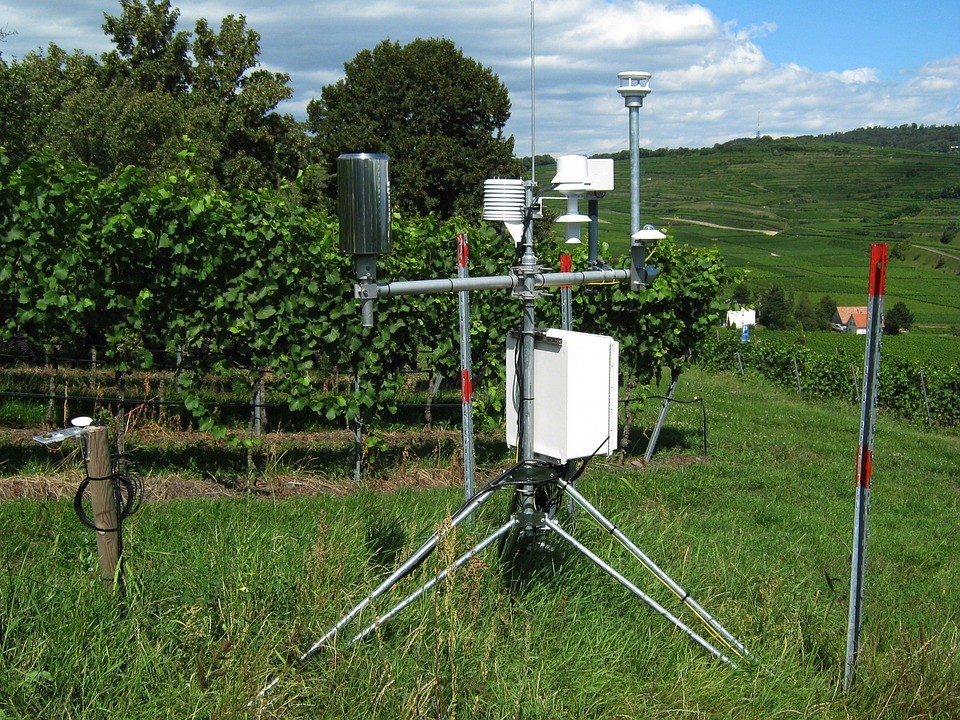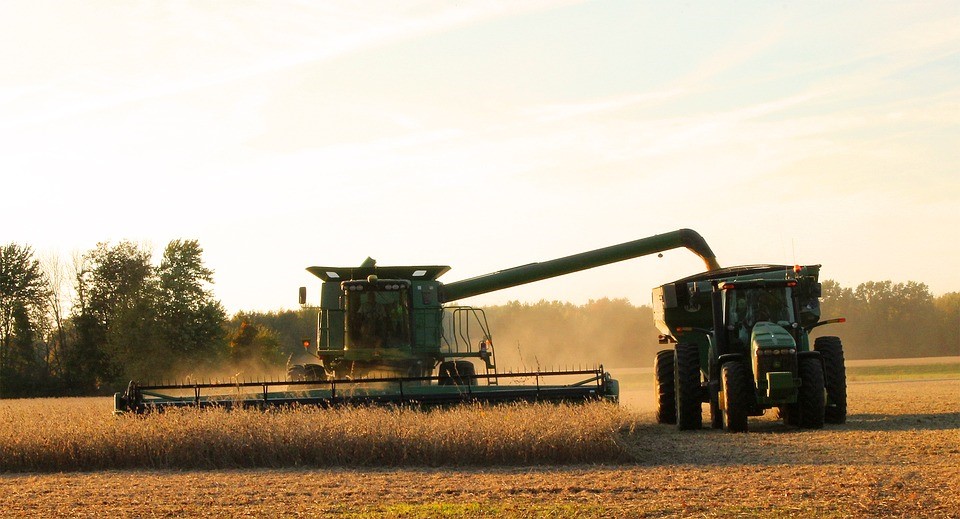Smart Agriculture based on Internet of Things: Watering and Fertilization Management
Dominik Schneider & Franziska Plate
Description
Keywords: smart agriculture; Internet of Things; (sensor) technology; qualitative benefits; work conditions
H2020 challenge: Food security, sustainable agriculture and forestry, marine and maritime and inland water
research, and the Bioeconomy
Knowledge and skills (P: prerequisite; D: desirable, but not necessary): state-of- the-art technologies, e.g. network trends like “5G” as well as IT trends like “(Narrowband-)Internet of Things, Virtual Reality” (P), automation and optimization possibilities enabled by Business Intelligence and Data Analytics (D); industry insights and market needs of “agriculture” (P); biological and geographical backgrounds (D); entrepreneurship and foundation of start-ups (P); marketing and distribution concepts (D); people, resource and change management (D); environmental law and compliance (D); research and analytical skills (P); economic skills for the identification of value streams, creation of business models and development of business cases (P); conceptual thinking and ability to transfer business requirements into technical implementation details (P); commitment, determination and ability to work in a team (P); independent and conscientious work in distributed teams (P); creativity and innovative thinking (P); visualization and presentation skills (P)
You are an Entrepreneur and you believe in the idea of connected agricultural areas. With your idea agriculture shall be optimized regarding watering and fertilization. To realize the idea, hardware like sensors or actuators and new connectivity variants like NB-IoT or 5G can be used. Connected sensors can measure soil conditions and send the information to farmers, fertilizer manufacturers or other interested parties. With the sale of sensors or the sale of the whole smart agriculture solution, direct business models can be achieved. Based on data about soil conditions, indirect business models can be achieved. In example, data analytics can be used to generate data insights, which can be valuable in various use cases. Furthermore, the idea of Smart Agriculture can be adopted with other technologies like Virtual Reality to further optimize farming.
In this case study students can elaborate…
- an assessment/evaluation of suitable technologies
- direct and indirect business models
- the end to end value chain and essential stakeholders/partners
- a detailed business case
- a market analysis
- a distribution concept
- societal topics regarding Smart Agriculture
- other technical, business and societal topics.
- http://www.fao.org/docrep/018/i3325e/i3325e.pdf
- https://link.springer.com/book/10.1007/978-3-319-61194-5
- https://m2m.telekom.com/telekom-m2m/insights/narrowband-iot
- http://www.huawei.com/minisite/iot/img/nb_iot_whitepaper_en.pdf
- http://www.deere.com/en_US/docs/html/brochures/publication.html?id=004d03e7#7
- https://www.bosch.com/explore-and-experience/smart-agriculture-more-sleep-for-growers
- https://teliasoneranorge.github.io/showcases/agriculture
Questions that need answers
- Which technology do you see as the most relevant/fitting solution for the Smart Agriculture use case? (NB-IoT, GPS, Bluetooth, UMTS, LTE, Wifi, …)
- Based on which criteria do you select the fitting technology? (strengths, weaknesses, opportunities, threats, costs)
- Which environmental parameters would you like to measure with the help of the sensor and the corresponding technology? (temperature, humidity, wind, …)
- Which external factors influence the implementation of the technology? (country, climate, politics, regulation, …)
- Which data security and privacy should be considered?
- In which aspects does a Smart Agriculture solution support a farmer?
- For which kind of product? (animals, crops, fruits, …)
- For which kind of activity? (harvest/production, sales, marketing, …)
- Which costs and which financial and qualitative benefits arise from the use of a Smart Agriculture solution?
- Should a farmer consider an “as a service” approach or buy and run a solution by himself?
- Which are the most relevant partners/stakeholders to realize the use case and what are their requests towards an agriculture enterprise? How does the end to end value chain look like?
- Create a Business Model Canvas for the agricultural business model (as is) and compare it to an agricultural Business Model Canvas which has implemented a Smart Agriculture solution (to be).
- Work conditions: How do work conditions change for farmers and their employees concerned? Which are positive and which are negative impacts?
- Labour Market: Does a Smart Agriculture solution create or cost jobs? How do job profiles change within the agricultural and the IT sector?
- Environment: Does the implementation of a Smart Agriculture solution affect the environment? If yes, which are the likely effects?
- Regulation: Is there a necessity for politics to either foster or decelerate a Smart Agriculture solution? How should political measures look like?
- Consumer: Are there any effects for consumers to be taken in account?
- Globalisation: Do smart agriculture solutions work in developed countries in the same way as in developing countries?
Technical Expert

Dominik Schneider
Lecturer

Franziska Plate
Lecturer

Niklas Kirfel
Lecturer

Marie Mehmel-Bomm
Lecturer

Vivian Iglesias
Lecturer

Noah Scharf
Lecturer

Nina Chantal Wohlert
Lecturer
Business Expert

Dominik Schneider
Lecturer

Franziska Plate
Lecturer

Niklas Kirfel
Lecturer

Marie Mehmel-Bomm
Lecturer

Vivian Iglesias
Lecturer

Noah Scharf
Lecturer

Nina Chantal Wohlert
Lecturer
Societal Expert

Lutz Buechner
Steering Committee Member, Lecturer
Case study students (Group 1)

Peter Koncz
TeamSoc21 Zagreb2018 Student

Aleksandar Antonov
TeamSoc21 Zagreb2018 Student

Hrvoje Tonkovac
TeamSoc21 Zagreb2018 Student

Alexander Leipnitz
TeamSoc21 Zagreb2018 Student
Case study students (Group 2)

Zornitsa Terneva
TeamSoc21 Zagreb2018 Student

Matea Sabolic
TeamSoc21 Zagreb2018 Student

Jan Leskanic
TeamSoc21 Zagreb2018 Student


